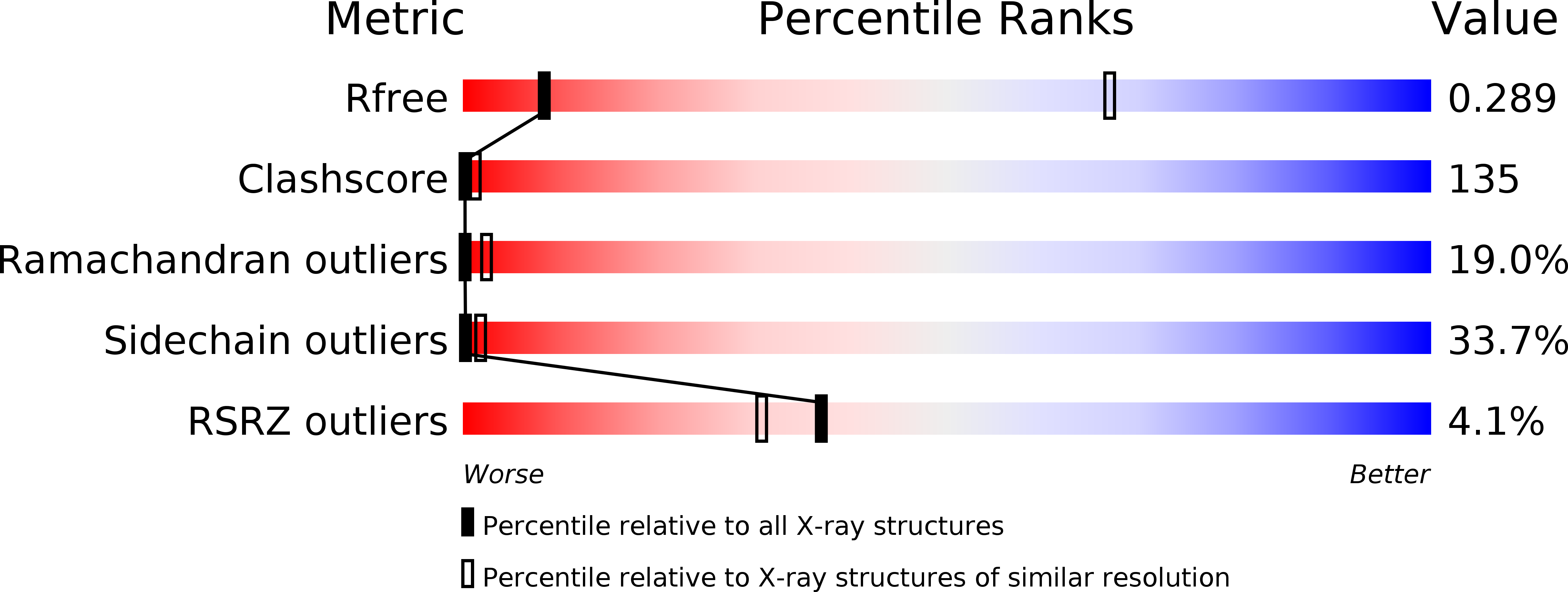
Deposition Date
2012-04-19
Release Date
2012-10-24
Last Version Date
2023-12-20
Entry Detail
PDB ID:
4AQQ
Keywords:
Title:
Dodecahedron formed of penton base protein from adenovirus Ad3
Biological Source:
Source Organism:
HUMAN ADENOVIRUS 3 (Taxon ID: 45659)
Host Organism:
Method Details:
Experimental Method:
Resolution:
4.75 Å
R-Value Free:
0.29
R-Value Work:
0.29
R-Value Observed:
0.29
Space Group:
P 21 3


